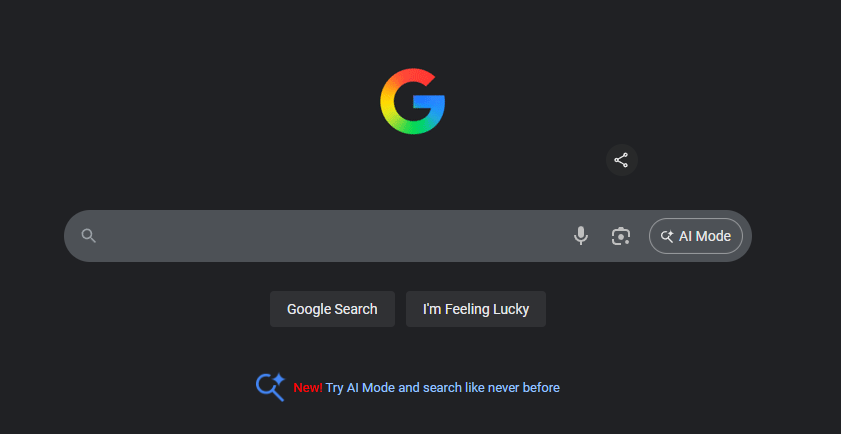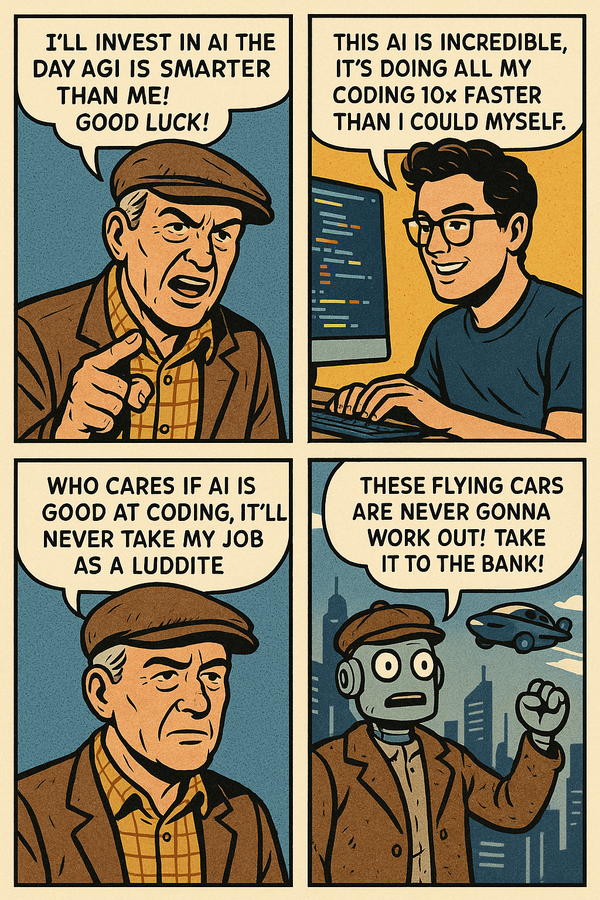Updated analysis on the EU crisis and three of our weakest stocks

Neither snow nor rain nor heat nor gloom of night stays these couriers from the swift completion of their appointed rounds.
Those are the words on the facade of the James Farley post office on 8th Avenue in Manhattan, derived from a Herodotus quote. It’s an incredible building that takes up an entire New York City block and a sight to behold. Imposing architecture aside, the best part was that it was a 24 hour post office–until 2009 when the Feds cut back the hours to save money. In 2001 during the darkest hours of NYC the Farley post office kept humming to deliver the mail and replace the capacity of the Church street post office near Ground Zero (which, as many of you know, was a block from my apartment).
I mention this because I’m near disaster again today and keeping that motto in mind. There are forest fires raging all around my home that have completely scorched my 40 acres of southwestern flora (my house is somehow still standing—hundreds of others haven’t been so lucky). But the markets don’t care about that and doesn’t wait for our life to settle. No matter how bad the economy gets or how much postal service gets cuts back because central planners can’t keep the books straight, I’m not going anywhere. So add forest fires to monsoons, heatwaves and blackouts to things that won’t stop me from staying on top of our Revolution Portfolio.

Quoting a Greek historian is a nice transition to our Regularly Scheduled E.U. check-up. Spain got a bailout that won’t even cover debt service over the next decade if the markets demand 8-10% to lend to a failed state where a quarter of people are unemployed. And as much as they want to blame the shutting of their access to bond markets on speculators and the specter of a Greek Exit this weekend after elections, Spain has no one but themselves to blame for joining the currency union. I expect things to get much worse and for German and Swiss banks to start announcing they are getting hit by falling Spanish and Italian bonds. And take a look at the swings in the EURUSD over the last five days. The question as always, is what’s priced in already, and I continue to think the obsession with the EU-crisis is more than priced in for now.
Now to our portfolio. Last week I added Facebook to our holdings and the Hate-O-Meter (copyright not pending but maybe it should be?) went off the charts. As I’ve mentioned before, that isn’t enough to put on a position but it does make me feel better when everyone tells me I’m wrong—and it’s a pretty good indicator that we are on to something. So I want to talk a little about three of the stocks in the portfolio that have been hated on a.k.a the markets isn’t loving right now. As I’ve been telling my TradingWithCody.com subscribers I’m getting more bullish and have cash on the sidelines I want to put to work. So with the markets basically flat for the year after being up big in the first quarter, this is a good time to go over the stories behind some of our picks.
Let’s talk Sandisk SNDK first. I got hit a couple months back buying calls before earnings and we’re down about 16% in the name since we added it last July. Which is why Apple’s AAPL announcement that it’s moving its flagship laptop, the MacBook Pro to a solid state hard drive, gives me comfort. See, SSD, the kind of storage that SanDisk makes, used to be reserved for the 1%. When Apple debuted the Macbook Air in 2008 they had a flash hardrive as an upgrade option-for $1300 on top of an already $1800 machine. And here’s what Ars Technica said about the SSD option:
Still, even if it’s more usable, it’s hard to justify the huge price difference for the SSD model. If you’ve got an extra $1,300 to blow and, for some reason, haven’t just bought a second computer with it, perhaps the SSD model is for you. For anyone else looking to buy an Air, the HDD model appears to provide the most bang for the buck.
Fast forward four years and Apple has stopped installing the hard drives of Western Digital WD in its laptops, it’s jettisoned CD-ROMs and flash storage is on the tipping point of becoming the de facto hard drive standard for everyone (plus the technology has gotten waaay better). And instead of $3000+, the MacBook Pro can be had for $2, 199. We’re in a mobility-centric world and if you want to tote your laptop around without breaking it, you need a flash hard drive. Apple is going to be stressing that their hard drive offerings don’t break as a selling point and I want to be long SanDisk as it enables that humblebrag.
Fusion-IO is another name that has been hit hard. I’ve been saying since we added the name that this one should be pictured as a venture capitalist investment because the company is such an early driver in its entirely new revolutionary market. Right now the market wants to sell you FIO for a lot less than it did a couple months ago, and it has a great place in a portfolio that is built for the long-term. FIO is one of my Apple Supplier Stocks and Piper Jaffray just said that Apple could displace Facebook as its top customer, as Cupertino continues to invest in iCloud. My team poked around with the beta of iOS 6 today (Apple’s mobile operating system today) and its all about that cloud. For everything to run smoothly, and for Apple to sell TV’s in the next year, they are going to have to spend hundreds of millions to make sure the back end runs smooth. You only get one chance to make a first impression and Apple is spending lots of that hundred billion to make sure they are in your living room and in your pocket for the next decade, and that will likely double or triple FIO’s earnings over the next few years.
Level 3 LVLT is another part of the cloud back-end that has been hit as of late, down about 15% since we first added it in March, or about 10% more than the broader markets. Part of the reason is that any stock with a big debt load is being puked up by money managers scared of the Eurozone crisis. So with more than $8 billion of debt LVLT is one of the first names to go when everyone gets panicky, which is an opportunity if you understand what’s really going on with mobile data consumption exploding. Most money managers won’t even consider LVLT in the first place but that’s because they are once-bitten twice-shy from Web Bust 1.0 and are missing out on the second bandwidth boom.
After buying Global Crossing, Level 3 essentially eliminated any meaningful competition. Those overbuilt fiber networks from the 90s? That capacity is starting to get soaked up. 19 million miles of fiber were just laid, the most in 10 years, because the places the fiber was put down a decade ago isn’t necessarily where it needs to be. Corning GLW is having trouble keeping up with fiber demand (its other glass businesses are flailing though). Financial firms are trying to shave milliseconds off trading times and are so mad that they are competing for data bandwidth with people playing Angry Birds that they are lobbing derivatives trades over microwave networks. And the average consumer? They don’t care about any of this, they just want to be able to Instagram and Tweet and watch Game of Thrones with zero interruptions. So the companies that deliver content and make content and advertise against content are going to spar with each other, driving the rates they pay Level 3 up. The capacity that is underused now will be totally saturated within the next decade. Think of Level 3 as a oil company sitting on huge reserves just as Henry Ford perfects the assembly line, that’s how big the explosion in mobile data is going to be. Don’t be surprised if railroads jump back in to the fiber optic fray or if Google buys LVLT to have a say in who gets that bandwidth and at what price.
I’ve added to each of these positions after our initial purchase and I continue to look for much higher prices in all three of these stocks. I’m sticking with them and as usual, using weakness in my favorite long positions to scale into more. Stocks never (rarely) go straight up after you buy them and the near-term fluctuations like we are seeing can often be leveraged to bring higher profits if you’ll stick with using tranche buying to scale into them as you build your portfolio over time.




